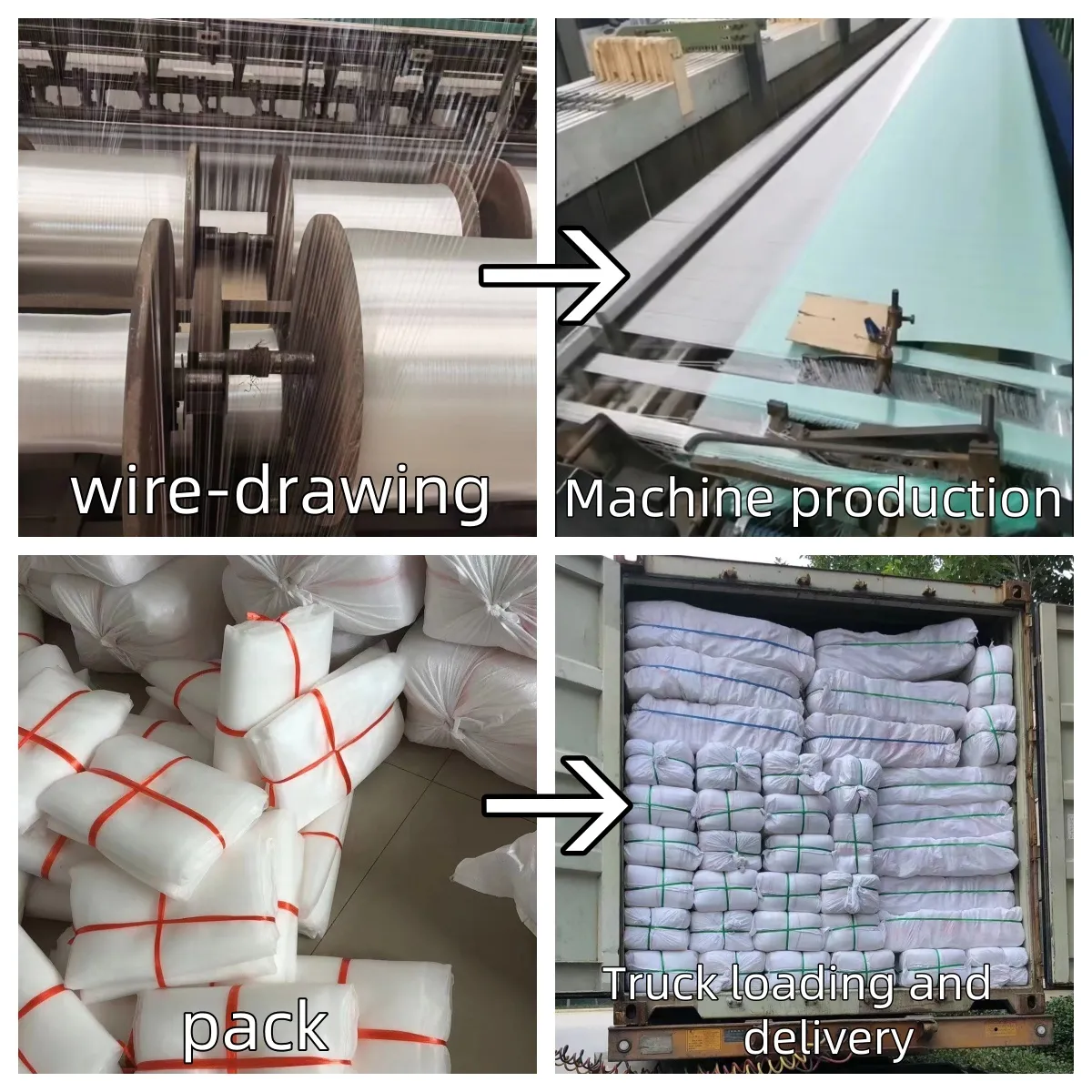-
 Afrikaans
Afrikaans -
 Albanian
Albanian -
 Amharic
Amharic -
 Arabic
Arabic -
 Armenian
Armenian -
 Azerbaijani
Azerbaijani -
 Basque
Basque -
 Belarusian
Belarusian -
 Bengali
Bengali -
 Bosnian
Bosnian -
 Bulgarian
Bulgarian -
 Catalan
Catalan -
 Cebuano
Cebuano -
 China
China -
 Corsican
Corsican -
 Croatian
Croatian -
 Czech
Czech -
 Danish
Danish -
 Dutch
Dutch -
 English
English -
 Esperanto
Esperanto -
 Estonian
Estonian -
 Finnish
Finnish -
 French
French -
 Frisian
Frisian -
 Galician
Galician -
 Georgian
Georgian -
 German
German -
 Greek
Greek -
 Gujarati
Gujarati -
 Haitian Creole
Haitian Creole -
 hausa
hausa -
 hawaiian
hawaiian -
 Hebrew
Hebrew -
 Hindi
Hindi -
 Miao
Miao -
 Hungarian
Hungarian -
 Icelandic
Icelandic -
 igbo
igbo -
 Indonesian
Indonesian -
 irish
irish -
 Italian
Italian -
 Japanese
Japanese -
 Javanese
Javanese -
 Kannada
Kannada -
 kazakh
kazakh -
 Khmer
Khmer -
 Rwandese
Rwandese -
 Korean
Korean -
 Kurdish
Kurdish -
 Kyrgyz
Kyrgyz -
 Lao
Lao -
 Latin
Latin -
 Latvian
Latvian -
 Lithuanian
Lithuanian -
 Luxembourgish
Luxembourgish -
 Macedonian
Macedonian -
 Malgashi
Malgashi -
 Malay
Malay -
 Malayalam
Malayalam -
 Maltese
Maltese -
 Maori
Maori -
 Marathi
Marathi -
 Mongolian
Mongolian -
 Myanmar
Myanmar -
 Nepali
Nepali -
 Norwegian
Norwegian -
 Norwegian
Norwegian -
 Occitan
Occitan -
 Pashto
Pashto -
 Persian
Persian -
 Polish
Polish -
 Portuguese
Portuguese -
 Punjabi
Punjabi -
 Romanian
Romanian -
 Russian
Russian -
 Samoan
Samoan -
 Scottish Gaelic
Scottish Gaelic -
 Serbian
Serbian -
 Sesotho
Sesotho -
 Shona
Shona -
 Sindhi
Sindhi -
 Sinhala
Sinhala -
 Slovak
Slovak -
 Slovenian
Slovenian -
 Somali
Somali -
 Spanish
Spanish -
 Sundanese
Sundanese -
 Swahili
Swahili -
 Swedish
Swedish -
 Tagalog
Tagalog -
 Tajik
Tajik -
 Tamil
Tamil -
 Tatar
Tatar -
 Telugu
Telugu -
 Thai
Thai -
 Turkish
Turkish -
 Turkmen
Turkmen -
 Ukrainian
Ukrainian -
 Urdu
Urdu -
 Uighur
Uighur -
 Uzbek
Uzbek -
 Vietnamese
Vietnamese -
 Welsh
Welsh -
 Bantu
Bantu -
 Yiddish
Yiddish -
 Yoruba
Yoruba -
 Zulu
Zulu
gfrp mesh
The Advantages of GFRP Mesh in Construction and Infrastructure
Glass Fiber Reinforced Polymer (GFRP) mesh has rapidly gained traction in the construction and infrastructure sectors due to its remarkable properties and versatility. Composed of glass fibers embedded in a polymer matrix, GFRP mesh offers a lightweight yet durable solution for various applications, making it a preferred choice for modern engineering projects.
.
In addition to its corrosion resistance, GFRP mesh boasts impressive tensile strength. The mesh’s design allows for efficient load distribution, making it ideal for reinforcing concrete elements. This is particularly beneficial in applications where traditional materials may fall short, such as in areas requiring lightweight solutions without compromising structural integrity. The lightweight nature of GFRP also facilitates easier handling and installation, contributing to reduced labor costs and shorter project timelines.
gfrp mesh

The versatility of GFRP mesh extends to its adaptability in various construction scenarios. It can be used in slabs, walls, and flexible pavement structures, among other applications. Furthermore, its compatibility with different types of concrete makes it applicable in both new constructions and retrofitting existing structures. This adaptability provides engineers with a flexible tool to innovate and improve design efficiency.
Another critical advantage of GFRP mesh is its thermal insulation properties. The material has a low thermal conductivity, which can help maintain temperature stability within structures, leading to enhanced energy efficiency. In today’s context, where energy conservation is paramount, integrating GFRP mesh materials into construction plans aligns with sustainability goals.
Despite its advantages, it is essential to acknowledge that GFRP is not yet a complete replacement for traditional materials. It is best utilized in conjunction with conventional materials, complementing their strengths and addressing their weaknesses. As research and development in the field of composites continue to advance, the future of GFRP mesh in construction looks promising.
In conclusion, GFRP mesh represents a significant step forward in construction technology, offering a durable, lightweight, and efficient alternative to traditional materials. Its potential to enhance infrastructure while reducing environmental impact positions it as an invaluable asset in modern engineering.
-
Shipping Plastic Bags for Every NeedNewsJul.24,2025
-
Safety Netting: Your Shield in ConstructionNewsJul.24,2025
-
Plastic Mesh Netting for Everyday UseNewsJul.24,2025
-
Nylon Netting for Every UseNewsJul.24,2025
-
Mesh Breeder Box for Fish TanksNewsJul.24,2025
-
Expanded Steel Mesh Offers Durable VersatilityNewsJul.24,2025











